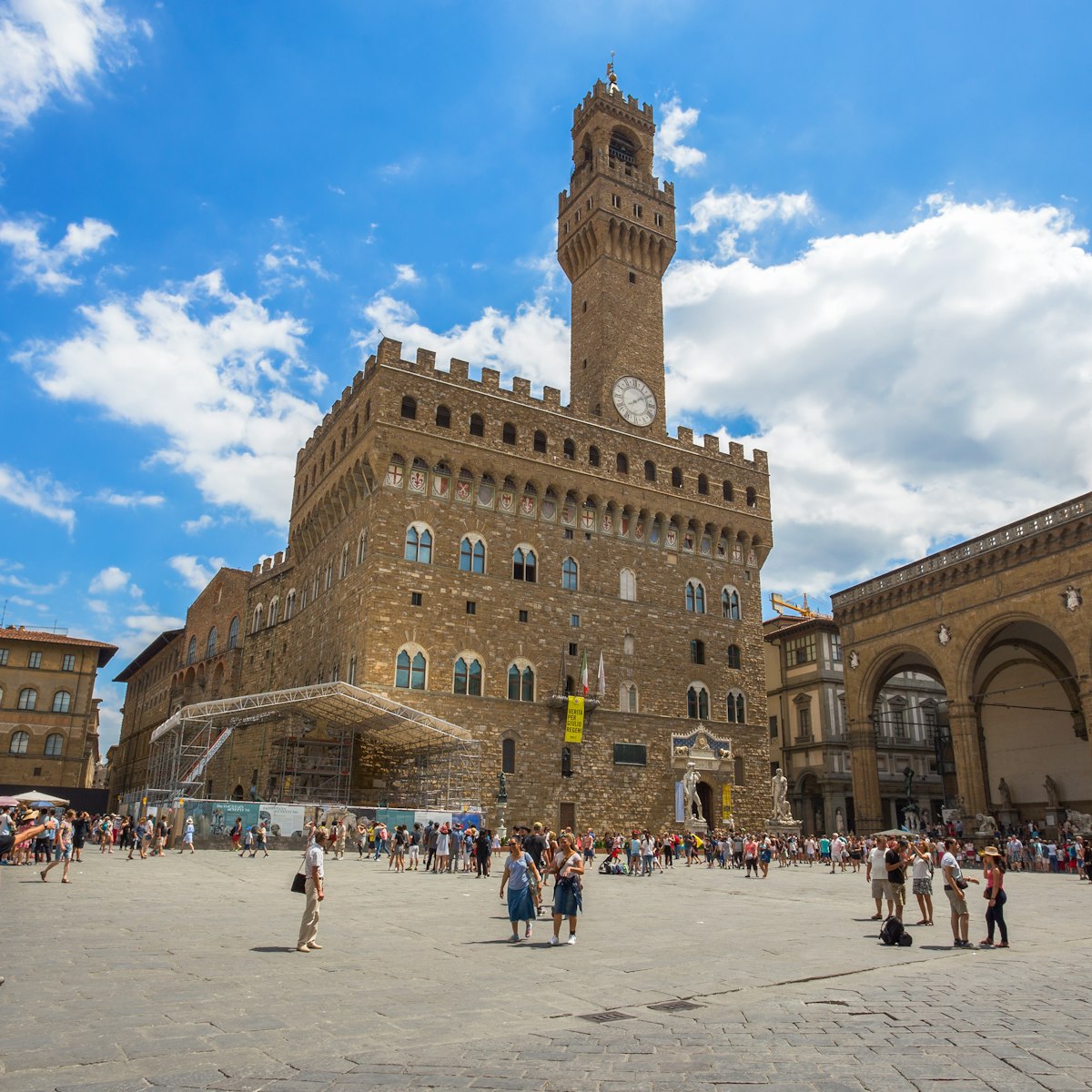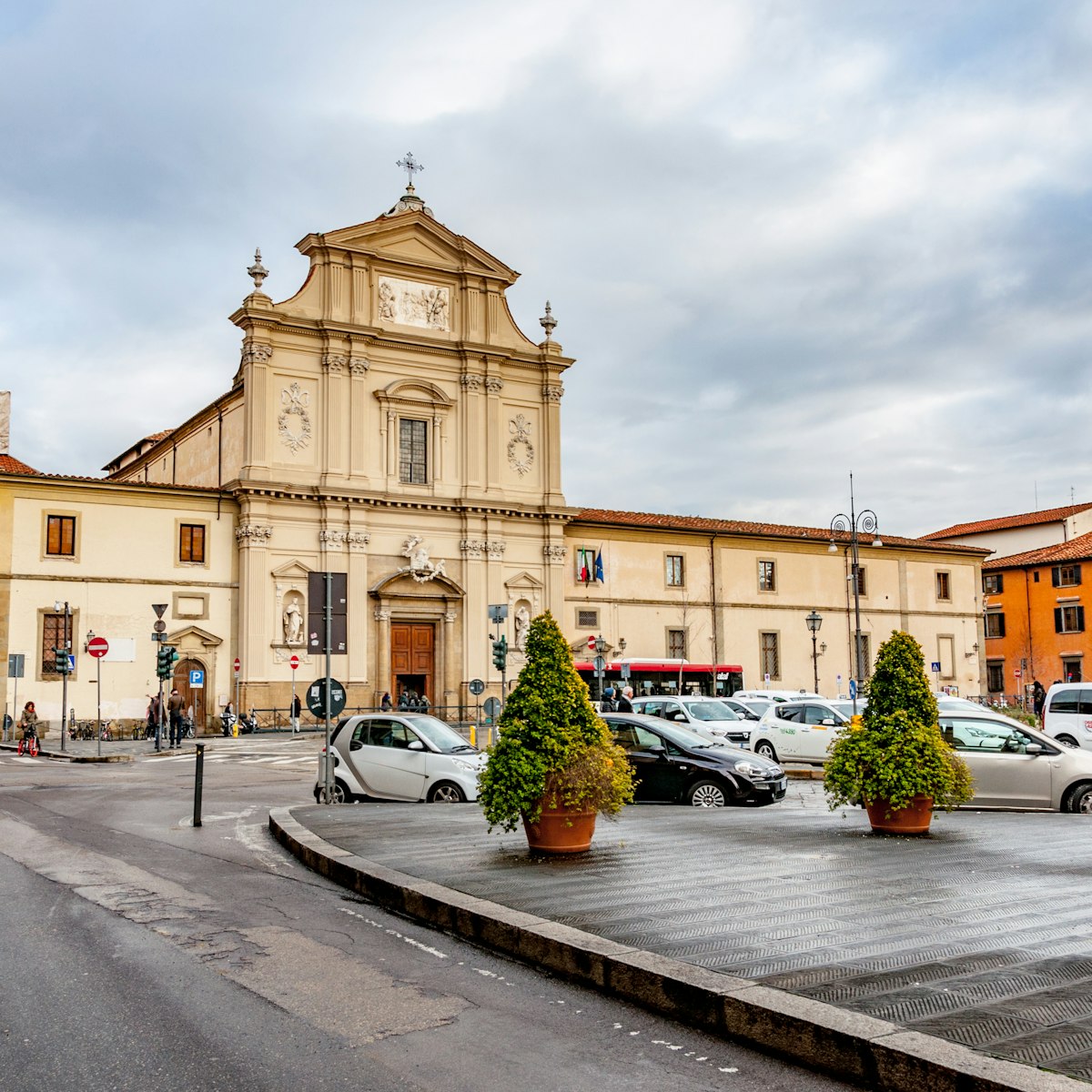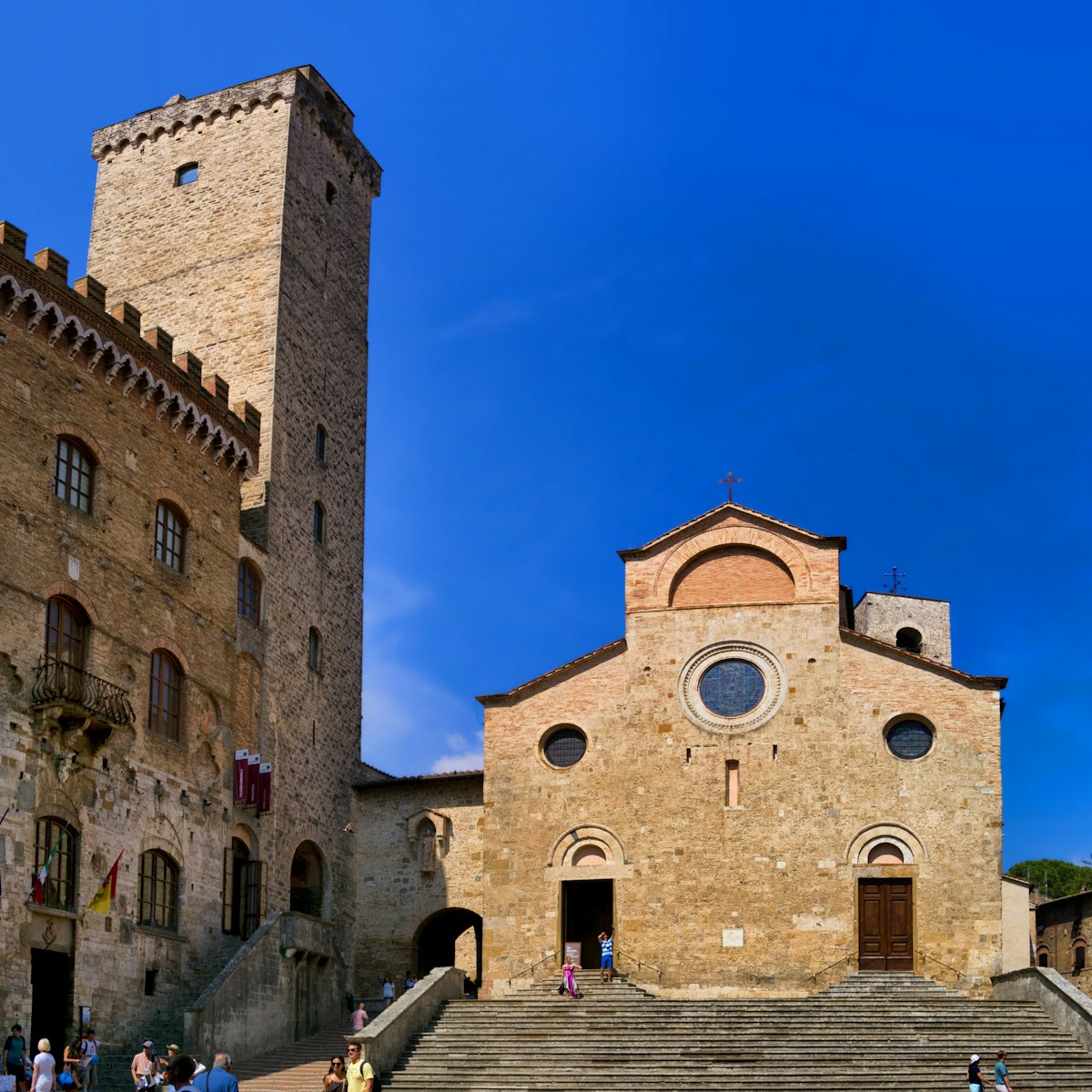A queue marks the door to this gallery, built to house one of the Renaissance's most iconic masterpieces, Michelangelo's David. But the world's most famous statue is worth the wait. The subtle detail – the veins in his sinewy arms, the leg muscles, the change in expression as you move around the statue – is impressive. Carved from a single block of marble, Michelangelo's most famous work was his most challenging – he didn't choose the marble himself and it was veined.
And when the statue of the nude boy-warrior, depicted for the first time as a man in the prime of life rather than a young boy, assumed its pedestal in front of Palazzo Vecchio on Piazza della Signoria in 1504, Florentines immediately adopted it as a powerful emblem of Florentine power, liberty and civic pride.
Michelangelo was also the master behind the unfinished San Matteo (St Matthew; 1504–08) and four Prigioni ('Prisoners' or 'Slaves'; 1521–30), also displayed in the gallery. The prisoners seem to be writhing and struggling to free themselves from the marble; they were meant for the tomb of Pope Julius II, itself never completed. Adjacent rooms contain paintings by Andrea Orcagna, Taddeo Gaddi, Domenico Ghirlandaio, Filippino Lippi and Sandro Botticelli.








